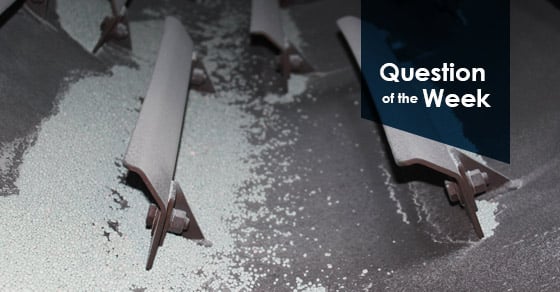Drying plays an important role in the non-pressure agglomeration process, both before and after agglomeration.
Pre-Drying
Drying is often used as a method of pre-conditioning material before pelletization, to help prepare the material for agglomeration. Since moisture is added during the agglomeration process (in the form of a binding agent), a material at or near its target moisture point must first be dried in order to accept moisture in the form of a binding agent.
Drying After Agglomeration
As a post-agglomeration step, drying helps to refine the end-product. Since moisture is added during pelletization, that moisture must then be removed so the pellets can harden and cure into their final form. This drying step helps ensure the pellets are strong enough to withstand handling and transportation, but are still capable of breaking down as needed.
Pre and post-drying are commonly carried out in a rotary dryer, with a fluid bed dryer as an alternative choice. Rotary dryers are an exceptional choice, because they have the further advantage of rounding the pellets post-agglomeration as they tumble inside the drum.
FEECO is a leader in both the agglomeration and thermal processing industries. To learn more, contact us today!


